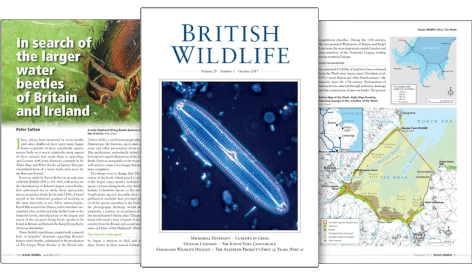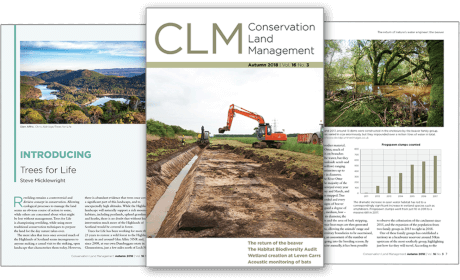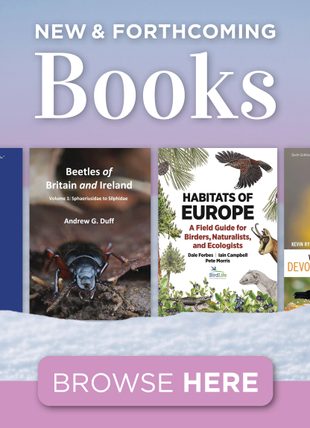About this book
The importance of the Neotropics to the world's climate, biogeochemical cycling and biodiversity cannot be questioned. This book suggests that gradients are key to understanding both these issues and Neotropical ecosystem structure, function and dynamics in general. Those gradients are either spatial, temporal or spatio-temporal, where many temporal and spatio-temporal gradients are initiated by disturbances (e.g., tree fall, landslide, cultivation). In particular, for the Neotropics, three large spatial gradients – latitude, longitude, and altitude (elevation) – are of critical importance. The editor has over 30 years of experience investigating Neotropical gradients in Costa Rica, Puerto Rico, Peru and Ecuador, and has published five previous books on different aspects of the Neotropics. Once again he has assembled top-shelf Neotropical scientists and researchers, here to focus on gradients: their nature, interactions and how they structure ecosystems.
Contents
1. Introduction / Randall W. Myster
2. Mountain gradients in the Neotropics, a bracken fern perspective / Jorge Luis Avila Nunez, Maria Pia Calcagno-Pissarelli, Miguel E. Alonso-Amelot
3. Effects of agricultural expansion on lotic benthic macroinvertebrate communities: a review and case study from Brazil / Elaine C. Correa and Ryan M. Utz
4. Plant competition across topographic gradients in Neotropical Cerrado savannas: an isotopic approach / Davi R. Rossatto and Augusto C. Franco
5. Diversity of aquatic macroinvertebrates along altitudinal gradients in Colombian / Cesar E. Tamaris-Turizo, Gabriel A. Pinilla-A and Juan D. Gonzalez-Trujillo
6. Intraspecific trait variability of emblematic grass and tree species from Venezuelan savannas across extended physical gradients / Zdravko Baruch
7. Latitudinal trends in scorpion assemblages of Brazilian Atlantic Forest: do the Rapoport's and Bergmann's rules apply? / Andre F.A. Lira, Alessandra R.S. Andrade and Stenio I.A. Foerster
8. Species diversity of three faunal communities along a successional cloud forest gradient / Juan Manuel Diaz-Garcia, Fabiola Lopez-Barrera, Eduardo Pineda, Jorge Valenzuela-Gonzalez and Adriana Sandoval-Comte
9. Ecohydrological gradient in Neotropical montane ecosystems: From tropical montane forests to glacier / Conrado Tobon, Erick Castro, and Jorge Luis Ceballos
10. Communities of small terrestrial arthropods change rapidly along a Costa Rican elevation gradient / M. Alex Smith, Connor Warne, Kate Pare, Sarah Dolson, Elyssa Loewen, Kelsey Jones, Megan McPhee, Lauren Stitt, Lauren Janke, Rebecca M. Smith, Heather Coatsworth, Alexandre M. M. C. Loureiro, Angel Solis, Carlos F. Viquez, Josephine Rodriguez, Jose Fernandez-Triana, Michael J. Sharkey, James Whitfield, Alejandro Masis, Maria Marta Chavarria, Roger Blanco, Felipe Chavarria, Eugenie Phillips-Rodriguez, Roberto Fernandez, Dunia Garcia, Guillermo Pereira, Harry Ramirez, Manuel Pereira, Winnie Hallwachs and Daniel H. Janzen
11. Neotropical gradients of insect groups in Brazilian mountains / Lucas Neves Perillo, Frederico de Siqueira Neves, Flavio Siqueira de Castro and Ricardo Ribeiro de Castro Solar
12. Altitudinal Pattern of Soil Organic Carbon and Nutrients in a Tropical Forest in Puerto Rico / Dingfang Chen, Mei Yu, Grizelle Gonzalez, Qiong Gao
13. Elevational and latitudinal species richness patterns of dung beetles in North and South America and the role played by historical factors / Jorge M. Lobo and Jose Gutierrez
14. Diversity patterns of vascular plant groups along gradients of elevation and disturbance in Mexico / Jorge A / Gomez-Diaz, Alma P / Bautista-Bello, Cesar I / Carvajal-Hernandez, Valeria Guzman-Jacob, Maria Leticia Monge-Gonzalez and Thorsten Kroemer
15. Gradients and the Structure of Neotropical Metacommunities: Effects of Disturbance Elevation, Landscape Structure, and Biogeography / Steven J. Presley, Michael R. Willig
16. Socioecological gradients: contesting traditional ecoclines to explain the high biocultural diversity of the Andean verdant / Fausto Sarmiento, Andreas Haller, Domenico Branca, Christiam Aguirre, Vladimir Kremsa, Carla Marchant, Masahito Yoshida
17. Conclusions, synthesis and future directions / Randall W. Myster
Customer Reviews
Biography
Dr Randall W. Myster received his PhD from Rutgers University working with STA Pickett. His first full-time position was at the University of Puerto Rico where he worked in oldfields, pastures and landslides, and was a Co-PI on two of their LTER grants done in cooperation with the US Forest Service in Puerto Rico. While in Puerto Rico, he also began to work in Ecuador and Peru. That research continued when he got his second full-time position in Oklahoma and also to the present time. He has published 140+ articles in scientific journals and six books on his research in the Neotropics. In the future, he will be in Ecuador to expand his research to include forests between Cloud forest and Amazon terra-firme forest, and in Peru focus on black-water flooded igapo forest. He puts all of his book royalties back into his research.


































